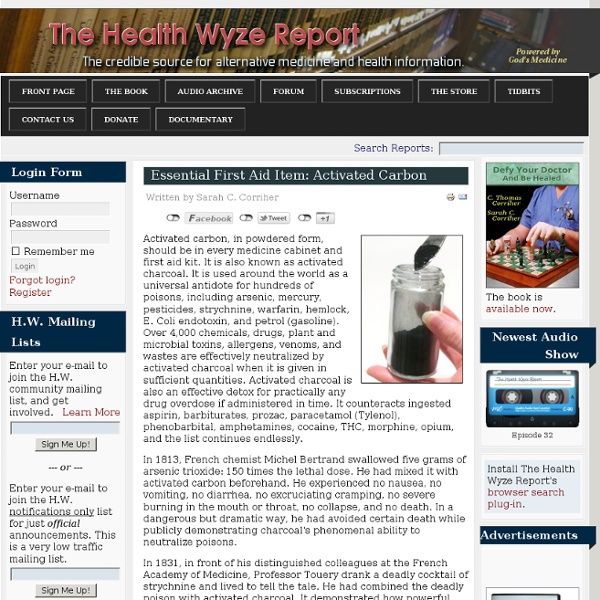Crazy Meds: The Good, The Bad, & The Funny of: Finding the Treatment Options That Suck Less
Welcome to Crazymeds, where you can learn what’s good, what’s bad, what’s interesting, and what’s plain weird and funny about the medications used to treat depression, bipolar disorder, schizophrenia, epilepsy, migraines, anxiety, neuropathic pain, or whatever psychiatric and/or neurological condition you might have. The information on this site is to help you work with your doctor(s) to find the right treatment options. Too many of us get nothing more than 15-minute appointments with overworked doctors or nurse-practitioners, so we need all the help we can get. OK, in reality “best” usually translates to “least bad.” Antidepressants, like Celexa and Effexor, for the treatment of depression (duh), anxiety, and other conditions. Crazymeds is the site for the obsessed and depressed, the manic and the panicked, the schizophrenic and epileptic, the migraineurs and bipolar, those with GAD, SAD, OCD, PTSD, in pain or have an otherwise non-standard brain4. You don’t think it’s that bad?
Nootropic
Nootropics (/noʊ.əˈtrɒpɨks/ noh-ə-TROP-iks), also referred to as smart drugs, memory enhancers, neuro enhancers, cognitive enhancers, and intelligence enhancers, are drugs, supplements, nutraceuticals, and functional foods that improve one or more aspects of mental function, such as working memory, motivation, and attention.[1][2] The word nootropic was coined in 1972 by the Romanian Dr. Corneliu E. Giurgea,[3][4] derived from the Greek words νους nous, or "mind", and τρέπειν trepein meaning to bend or turn.[5] Availability and prevalence[edit] At present, there are only a few drugs which have been shown to improve some aspect of cognition in medical reviews. These drugs are purportedly used primarily to treat cognitive or motor function difficulties attributable to such disorders as Alzheimer's disease, Parkinson's disease, Huntington's disease and ADHD. Academic use[edit] Several factors positively and negatively influence the use of drugs to increase cognitive performance. Drugs[edit]
Drug Class Reviews - NCBI Bookshelf
Antibiotic Resistance
Snapshot data-visualization on antibiotic resistance. » Data and more information here: » Download a poster from our PDF store Part of the infographic mega-tome, Knowledge is Beautiful. Find out more. » Purchase: Amazon US or Barnes & Noble | UK or Waterstones » Download: Apple iBook | Kindle (UK & US) » See inside For more graphics, visualisations and data-journalism:



